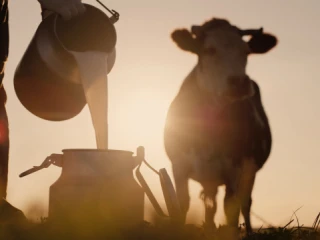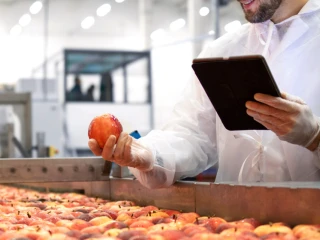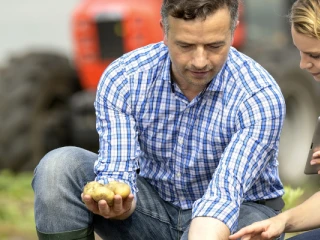
How La Lorraine Bakery Group uses IoT to grow sales
- IT
- operations
- data
- DEL20
Does this sound familiar to you? After a long work day, you’re rushing to the supermarket to get some bread, only to arrive at an empty shelf. For La Lorraine Bakery Group (LLBG), these missed sales are a major source of frustration as well. As part of a DEL20 project, LLBG IT manager Bart D’haese went looking for ways to improve the coordination between supply and demand. The company’s goal is to improve its sales by at least 5%.


